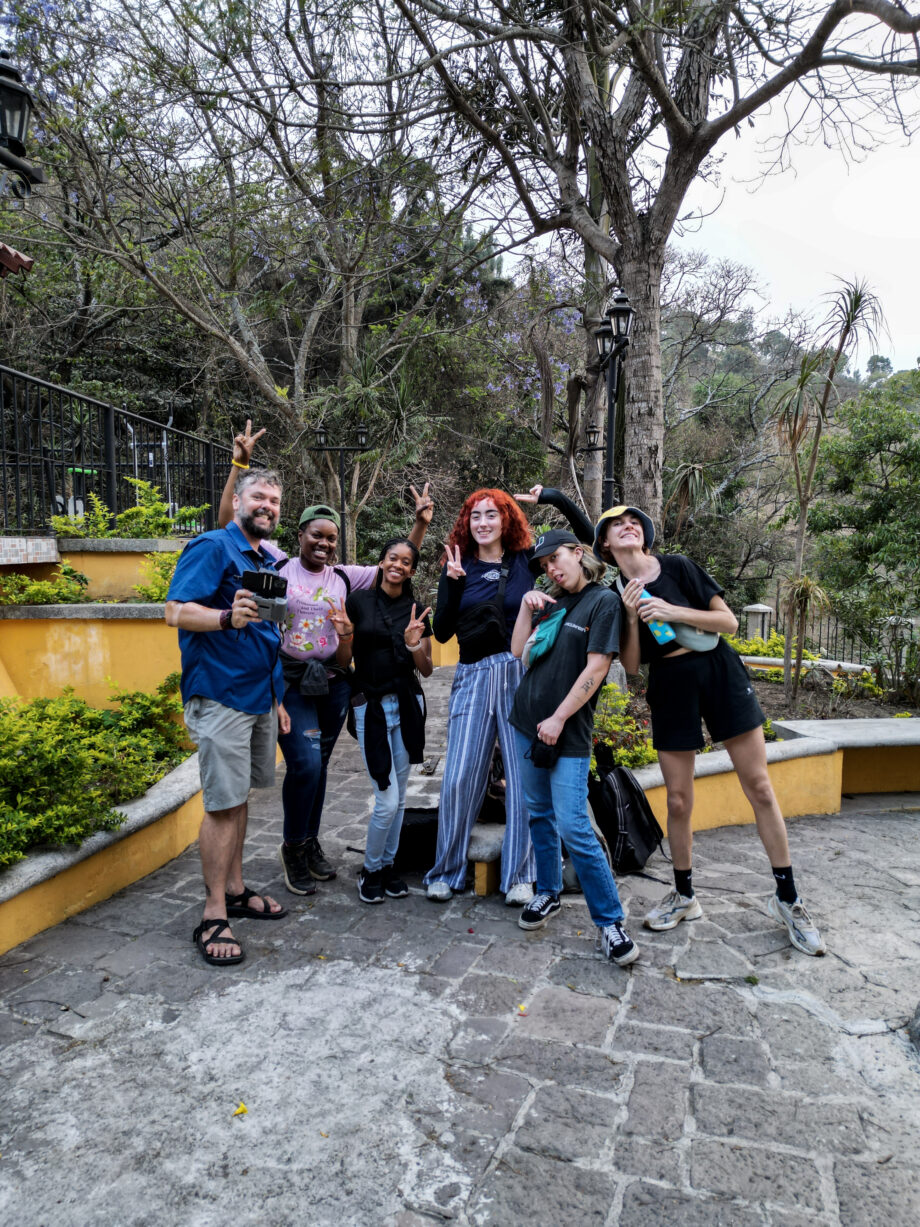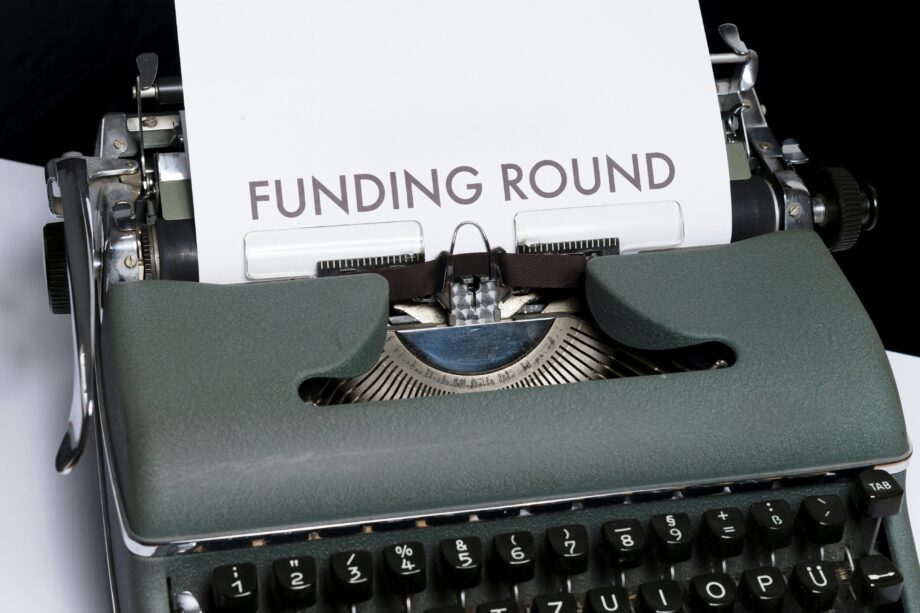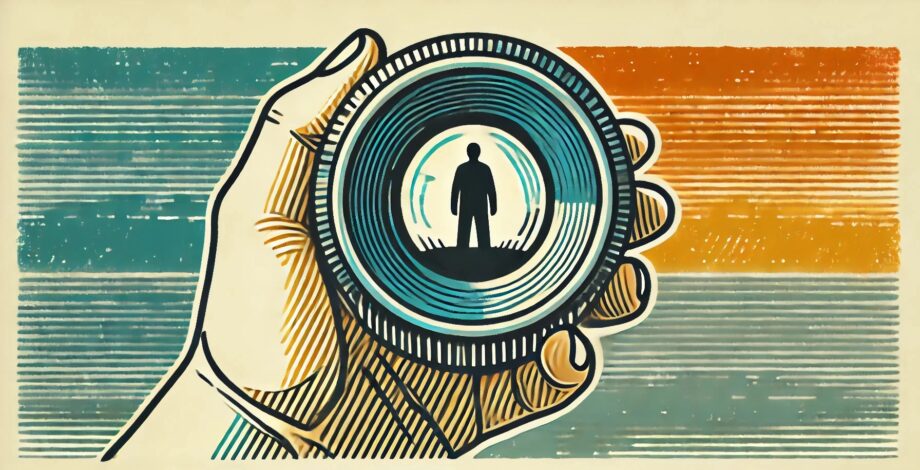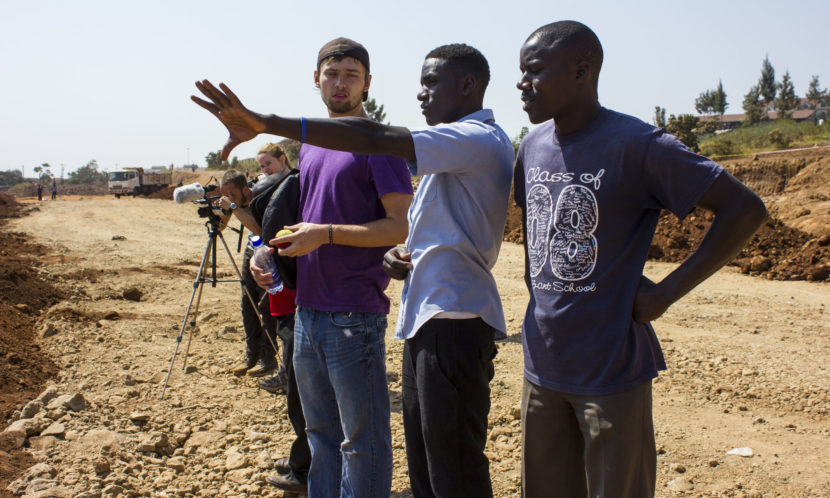Guiding Principles for Storytelling and Travel
At Actuality Abroad, the way we approach our work is rooted in clear principles. These aren’t abstract ideas or feel-good slogans—they’re practical guidelines that shape how we operate, collaborate, and create. These principles help us make decisions, set expectations, and hold ourselves accountable, whether we’re on location, in the editing room, or working with changemakers. Here’s a closer look at what drives us and why it matters.





